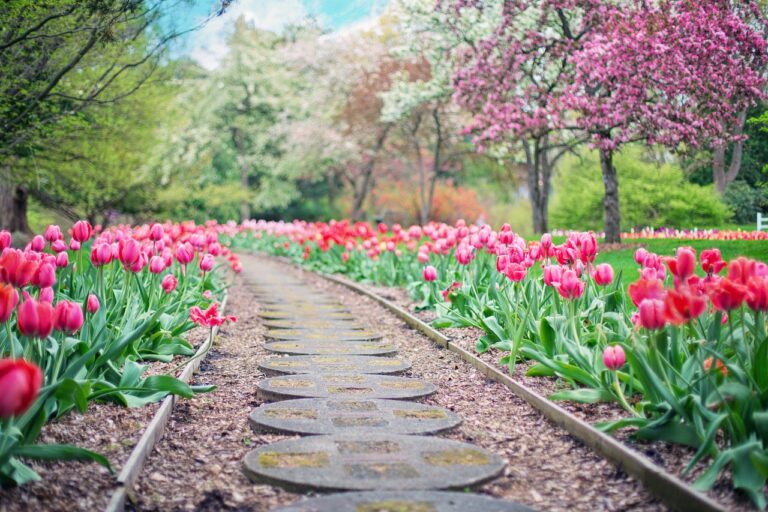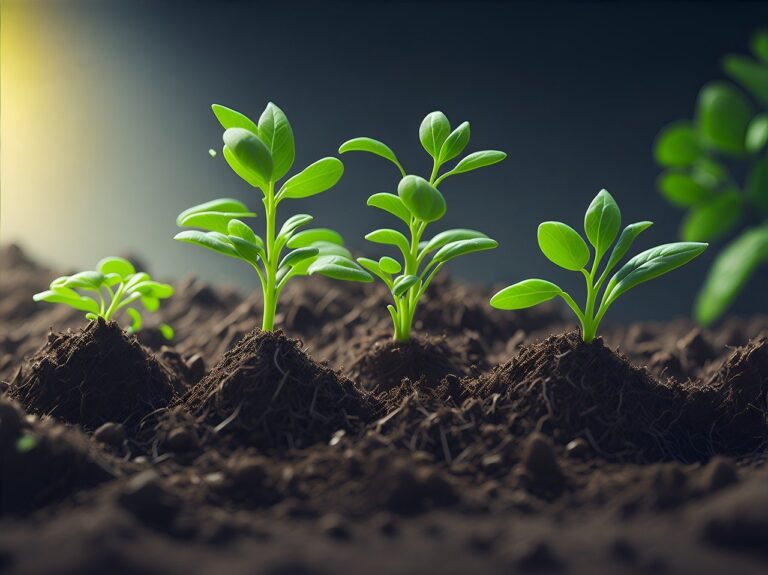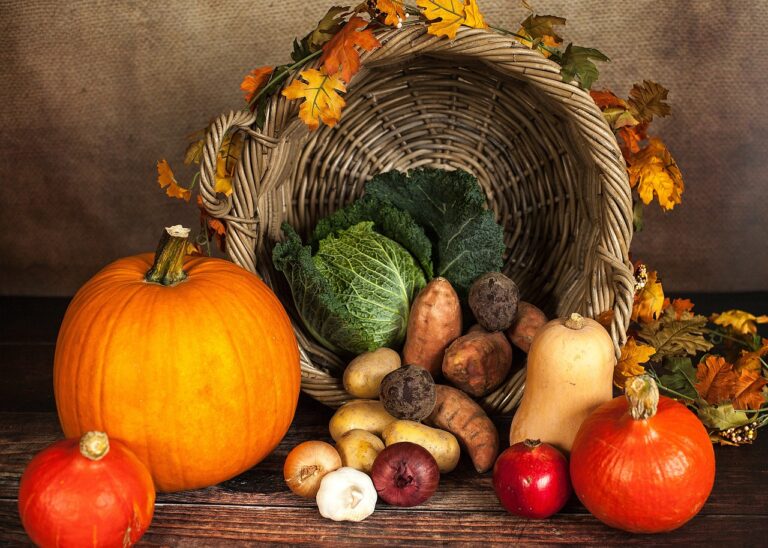Garden Elixir: Unveiling the Magic of Watering
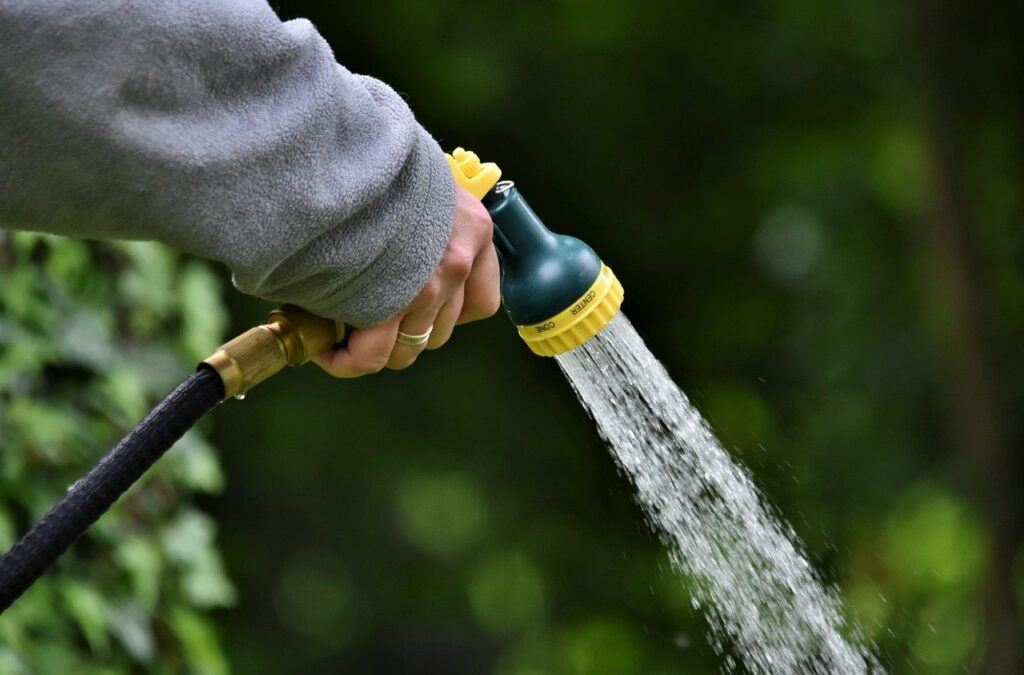
The importance of proper watering in gardening
Welcome, fellow green thumbs! Have you ever found yourself admiring lush, vibrant gardens, wondering how those magical spaces came to be? The secret lies in mastering the art of watering and irrigation. Whether you’re a beginner just dipping your toes into the vast world of gardening or someone looking to enhance their nurturing skills, this comprehensive guide is tailored just for you.
Picture this: a flourishing garden brimming with colorful blooms, thriving herbs, and luscious foliage. Imagine the satisfaction of nurturing your own little patch of paradise, where you can escape the chaos of daily life and immerse yourself in nature’s beauty. This guide will reveal the key to transforming that vision into reality.
Gardening is a delightful journey, but it requires more than just planting seeds and crossing your fingers for Mother Nature’s blessings. Proper watering and irrigation techniques play a pivotal role in coaxing your plants to grow and flourish. In this guide, we’ll explore the fundamental principles of watering, discover the intricate dance between water and soil, and unveil the secrets to maintaining a well-hydrated and thriving garden.

Imagine the joy of witnessing your garden evolve into a vibrant oasis, with each plant reaching its full potential. By understanding the essentials of watering, you’ll gain the power to nurture your garden with confidence and precision. No more second-guessing or worrying about under-watering or drowning your plants. With the knowledge acquired here, you’ll become a guardian of your garden’s hydration, unlocking the potential for stunning growth and bountiful harvests.
So, are you ready to embark on an enriching journey through the realm of watering and irrigation? In the upcoming articles, we’ll delve into a plethora of topics, from understanding your plants’ specific watering needs to selecting the right tools and techniques for optimal hydration. Get ready to wield the watering can like a pro and witness the transformation of your garden into a captivating masterpiece. Let’s dive in, my fellow garden enthusiasts, and unlock the secrets of nurturing your garden with Watering 101 as our guide.
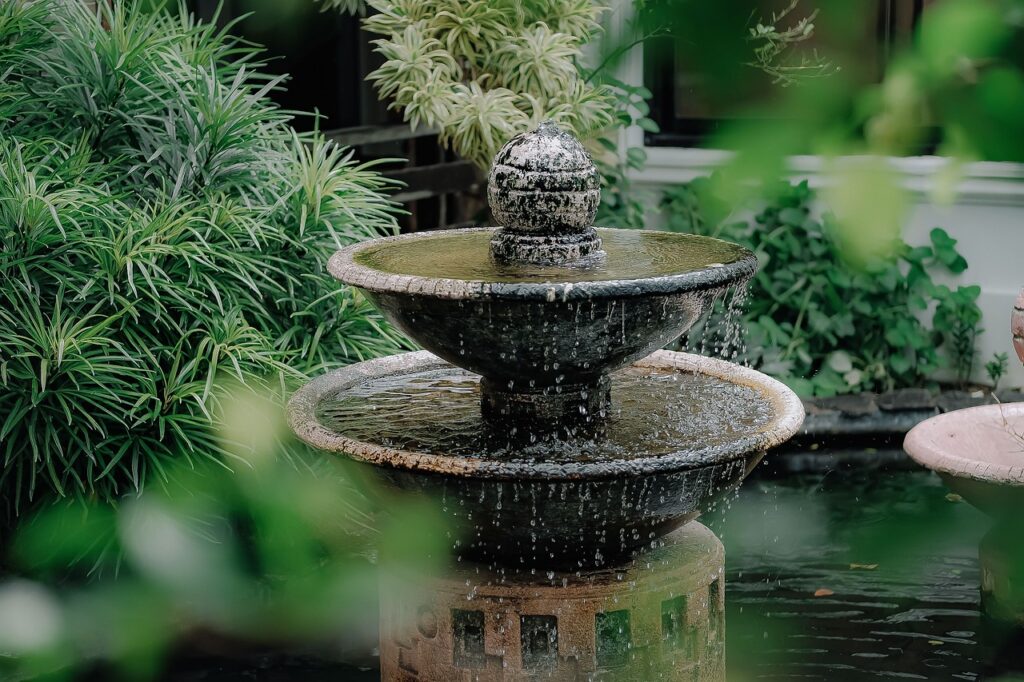
Watering 101: A Beginner’s Guide
Watering is a fundamental aspect of gardening that can make or break the success of your plants. Proper watering techniques play a crucial role in nurturing a healthy and thriving garden. In this beginner’s guide, we will explore the importance of watering and provide you with the knowledge and tools necessary to become a confident gardener.
Assessing Watering Needs
Understanding the watering needs of your plants is essential to maintain their health and vitality. Different plants have varying water requirements, so it’s crucial to assess their individual needs. Factors such as climate, soil type, and plant maturity can influence how often and how much water they need. By observing your plants and recognizing signs of under-watering or over-watering, you can adjust your watering practices accordingly.
Watering Techniques and Tools
There are several watering techniques and tools available to suit different gardening preferences and needs. Hand watering with a watering can allow for a more targeted approach, ensuring that water reaches the plant’s root zone. Using a garden hose with adjustable nozzles provides versatility and convenience for larger areas. Drip irrigation systems offer precise and efficient watering, delivering water directly to the plant’s roots. For expansive gardens, sprinkler systems are an excellent option for widespread coverage.
Understanding Soil Moisture
The soil in your garden plays a vital role in water retention and distribution. Understanding soil moisture levels is crucial for maintaining the optimal balance for your plants. Testing soil moisture can be done using a simple finger test or moisture meters. Improving soil moisture retention can be achieved through practices such as adding organic matter, using mulch, and ensuring proper drainage.
Best Practices for Watering
Timing and frequency of watering are crucial factors to consider. Watering in the morning allows plants to absorb moisture before the heat of the day, reducing the risk of fungal diseases. However, in hot and dry climates, evening watering might be more beneficial to prevent excessive evaporation. Deep watering encourages plants to develop deep root systems, making them more resilient to drought conditions.
Water Conservation in Gardening
Conserving water in gardening not only benefits the environment but also saves you money. Implementing mulching techniques helps retain moisture in the soil, reduces weed growth, and protects plant roots from extreme temperatures. Collecting and reusing rainwater through rain barrels or other storage systems is an excellent way to conserve water. Additionally, using efficient irrigation systems like drip irrigation minimizes water waste by delivering water directly to the plants’ roots.
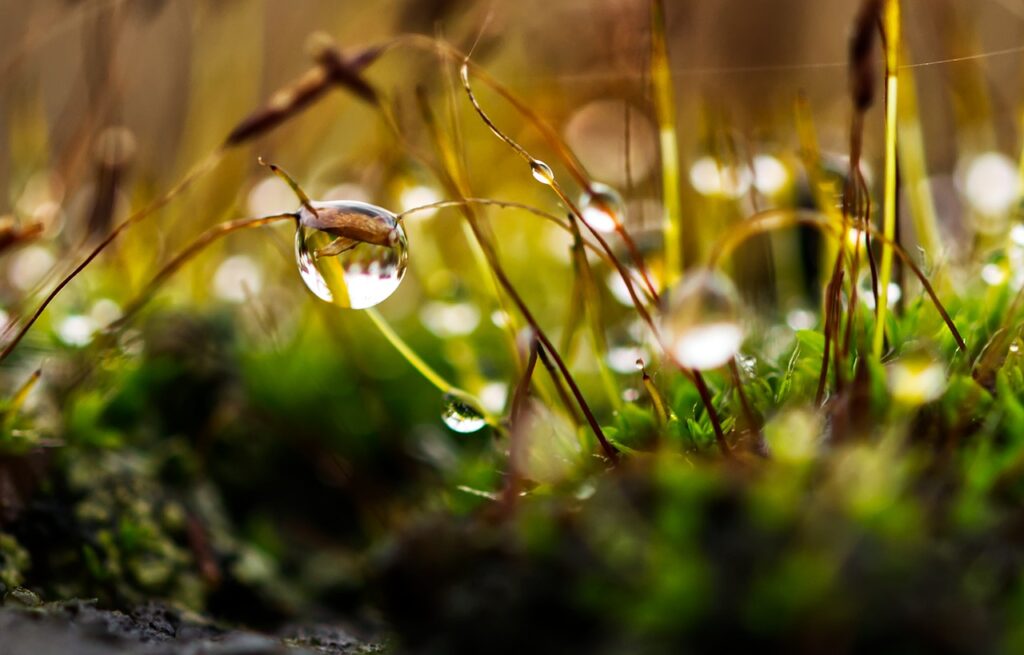
Special Considerations
Certain gardening scenarios require special considerations when it comes to watering. Container gardens, for example, tend to dry out more quickly than plants in the ground and may require more frequent watering. Newly planted or transplanted plants require extra attention to ensure they establish healthy root systems. During extreme weather conditions, such as heatwaves or prolonged periods of rainfall, adjusting your watering practices is necessary to accommodate the plants’ needs.
Troubleshooting Common Watering Issues
Drainage problems can lead to waterlogged or compacted soil, affecting the health of your plants. Improving soil structure, creating drainage channels, or using raised beds can help alleviate these issues. Over-watering can lead to fungal diseases, such as root rot. Ensuring proper air circulation, reducing water splashing, and adjusting watering frequency can mitigate these problems.
Monitoring and Adjusting Watering Practices
Monitoring your plants’ responses to watering is crucial for refining your watering routines. By observing changes in growth, leaf color, and overall plant health, you can make adjustments to your watering practices accordingly. Adapting your watering routines based on seasonal changes and weather patterns is also essential for maintaining optimal hydration for your plants.

The art of watering
Mastering the art of watering is a rewarding journey for any gardener, and this beginner’s guide provides the necessary foundation to embark on that path. By understanding the watering needs of your plants, using proper techniques and tools, and monitoring their responses, you can create an environment where your garden thrives. So, grab your watering can or adjust your irrigation system—it’s time to nurture your garden and witness the beauty that unfolds with each drop of water. Happy gardening!



